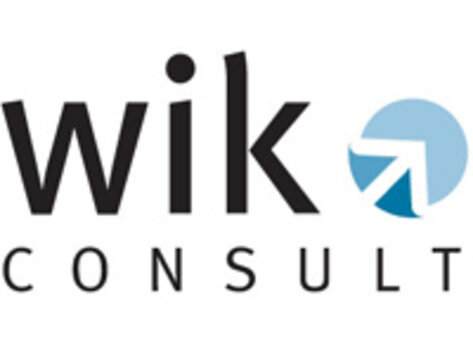Detailed analysis for new constructions and old buildings
According to the survey conducted by WIK-Consult, companies can save up to 30 per cent of the costs for IT building infrastructure when applying FTTO. For these findings, the acquisition and operating costs of various installation scenarios were analysed: office environments in new and old buildings with 220 respectively 1040 workplaces. The calculation of the discounted project costs is made over a time period of 10 years.
First cost benefits entailed by FTTO are already obtained in the acquisition phase
The WIK Institute ascertains: already in the acquisition phase, first benefits can be obtained by customers who are applying the Fiber To The Office concept of Microsens. This is primarily due to the increased installation and material costs for copper cabling. Further benefits of the FTTO concepts consist in the low operating costs. As active floor wiring closets and air-conditioned technology rooms on the secondary level are dispensed with, the decentralised FTTO architecture works in a significantly more energy-efficient and, thus, cost-effective mode.
Smaller-scale projects also benefit from FTTO
“The cost benefits of extensive fiber optic cabling via FTTO in large-scale projects, as on airports or in hospitals, were obvious to us," explains Thomas Kwaterski, authorised executive and founding member of Microsens. “The amazing result, however, was that significant cost benefits of about 30 per cent could be obtained with FTTO already for smaller-scale projects with approximately 200 workplaces.”
Valuable findings for companies and professional planners
The comprehensive survey contains 30 pages with valuable information for planners and decision-takers. In addition to the investment costs for technology and installation, the operating costs are also presented, for instance for maintenance and energy consumption. A management summary can be requested on the website of Microsens. For questions on the complete study, interested persons are welcome to contact the technical consultants of Microsens.












